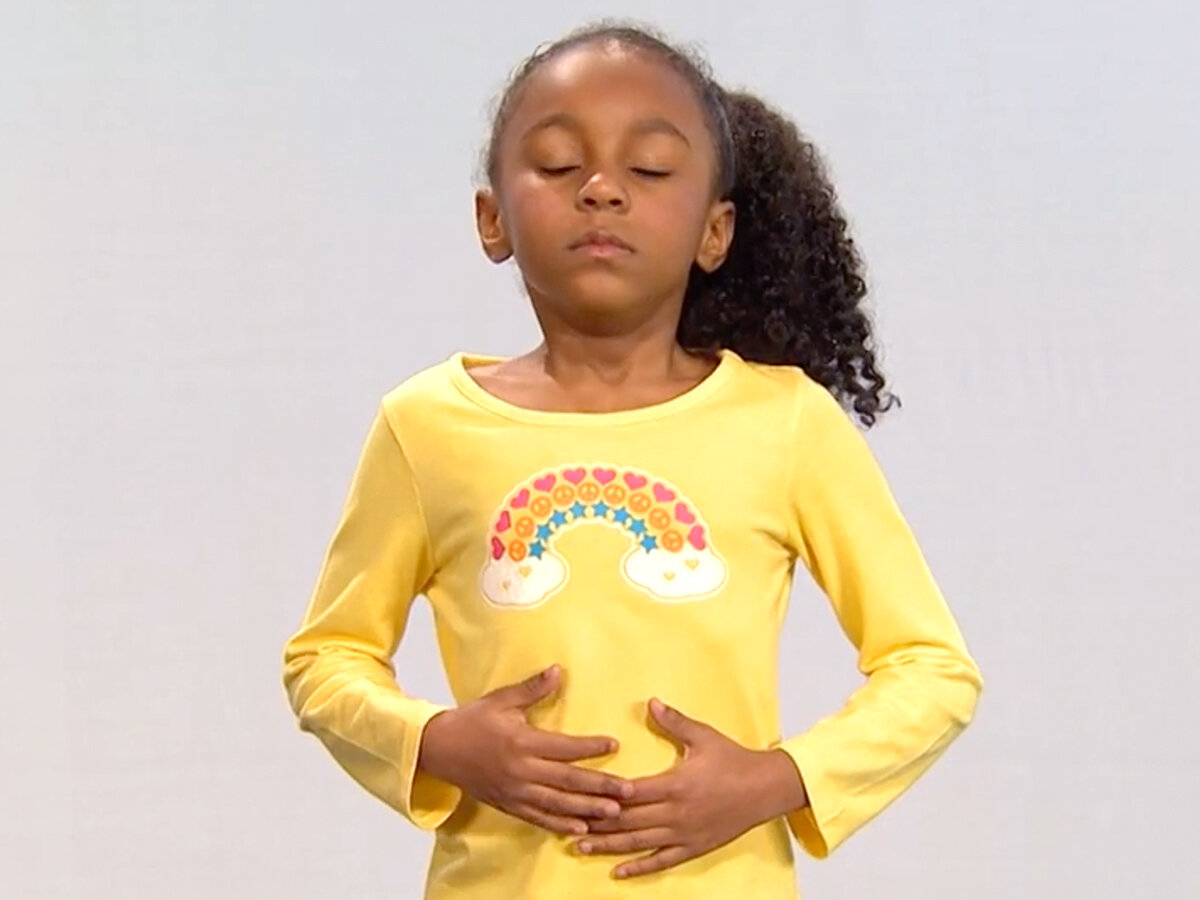 |

|
|
Explain why anxiety feels like it does. Out of everything, this is perhaps the most powerful intervention for anyone with anxiety. Anxiety in kids causes the most problems when it seems to come on without any real trigger. There‘s a reason for this, and understanding the reason is key to managing the anxiety.
Here is a child-friendly explanation. Nobody knows your child like you do, so adjust it to suit. Anxiety is something that lots of people get but it feels different for everyone. Anxiety in kids is common, and lots of adults get it too. It happens because there‘s a part of your brain that thinks there‘s something it needs to protect you from. The part of the brain is called the amygdala. It‘s not very big and it‘s shaped like an almond. It switches on when it thinks you‘re in danger, so really it‘s like your own fierce warrior, there to protect you. It‘s job is to get you ready to run away from the danger or fight it. People call this ’fight or flight‘. If your amygdala thinks there‘s trouble, it will immediately give your body what it needs to be strong, fast and powerful. It will flood your body with oxygen, hormones and adrenaline that your body can use as fuel to power your muscles to run away or fight. It does this without even thinking. This happens so quickly and so automatically. The amygdala doesn‘t take time to check anything out. It‘s a doer not a thinker – all action and not a lot of thought. If there is something dangerous – a wild dog you need to run away from, a fall you need to steady yourself from – then the amygdala is brilliant. Sometimes though, the amygdala thinks there‘s a threat and fuels you up even though there‘s actually nothing dangerous there at all. Have you ever made toast that has got a bit burnt and set off the fire alarm? The fire alarm can‘t tell the difference between smoke from a fire and smoke from burnt toast – and it doesn‘t care. All it wants to do is let you know so you can get out of there. The amygdala works the same way. It can‘t tell the difference between something that might hurt you, like a wild dog, and something that won‘t, like being at a new school. Sometimes the amygdala just switches on before you even know what it‘s switching on for. It‘s always working hard to protect you – even when you don‘t need protecting. It‘s a doer not a thinker, remember, and this is how it keeps you safe. If you don‘t need to run away or fight for your life, there‘s nothing to burn all that fuel – the oxygen, hormones and adrenalin – that the amygdala has flooded you with. It builds up and that‘s the reason you feel like you do when you have anxiety. It‘s like if you just keep pouring petrol into a car and never take the car for a drive. So when the amygdala senses a threat it floods your body with oxygen, adrenaline and hormones that your body can use to fuel its fight or flight. When this happens: Your breathing changes from normal slow deep breaths to fast little breaths. Your body does this because your brain has told it to stop using up the oxygen for strong breaths and send it to the muscles to they can run or fight. When this happens you might feel puffed or a bit breathless. You also might feel the blood rush to your face and your face become warm. If you don‘t fight or flee, the oxygen builds up and the carbon dioxide drops. This can make you feel dizzy or a bit confused.
|

|
|
And breath. The most powerful thing you can do to make yourself the boss of your brain again is breathe. Part of the reason you feel as you do is because your breathing has gone from strong and slow to quick and shallow. Once your breathing is under control, REX will stop thinking it has to protect you and will settle down. Then you will stop feeling the way you do.
Breathe deeply and slowly. Hold your breath just for a second between breathing in and breathing out. Make sure the breath is going right down into your belly – not just into your chest. You can tell because your belly will be moving. Do this about 5 to 10 times. Practice before bed every day. Remember that REX, the warrior part of your brain, has been protecting you for your entire life so it might take a little bit of practice to convince REX to relax. But keep practicing and you’ll be really good at it in no time. You and that warrior part of your brain will be buddies – but with you in control. One way to practice is by putting a soft toy on your child’s belly when they lie down. If the toy is moving up and down, their breathing is perfect. |